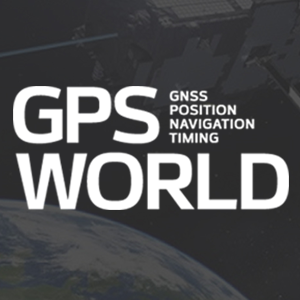GMAT Question of the Day: Daily via email | Daily via Instagram
New to GMAT Club? Watch this Video
|
It is currently 23 Dec 2020, 07:30 |

item: Phone jammer meaning | jammer phone jack kirby 43 votes
Phone jammer meaning | jammer phone jack kirby |